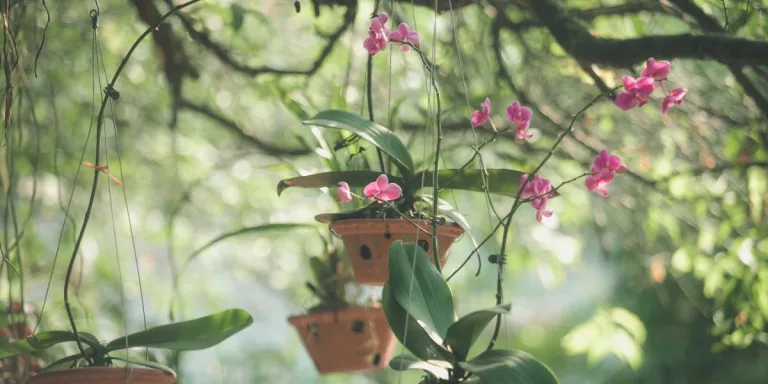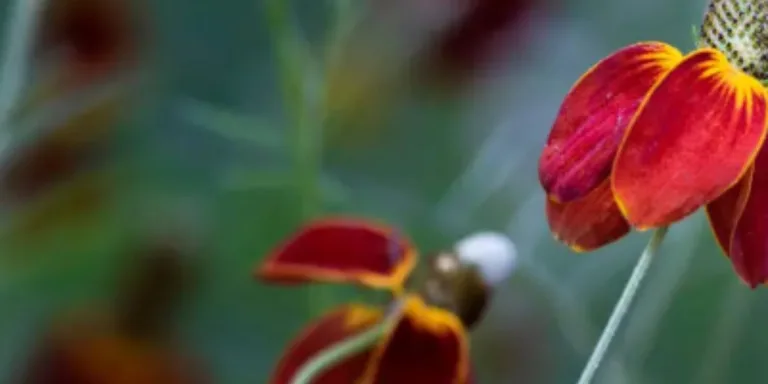7 Rare Mexican Flowers Every Plant Lover Needs to Know About
Have you ever thought to make your living space unforgettable? By using rare Mexican flowers, add a touch of nature’s most exotic beauty to your home. That is not just beautiful but leaves a lasting impression among your guests.
Rare Mexican flowers are present in Mexico along with Colombia, Brazil, and Indonesia. Mexico is one of the countries with the greatest biodiversity in the world, especially when it comes to flora. The number of known plant species is believed to be as high as 26,000.

What Makes a Flower “Rare” and “Beautiful”?
The term “rarity” in the flower world can refer to several unique characteristics. Their scarcity in nature, their ability to grow only in certain climatic conditions, or their unusual shape and color. Flowers considered rarities are often objects of admiration and study for their unparalleled uniqueness and beauty.
Rarity Factors in Flowers
Flowers may be considered rare due to their limited geographic locations. Which is the case with some species that only grow in specific regions and are not found anywhere else in the world. Others may be rare due to their short life cycle and their ability to flourish in extreme conditions like high altitudes or specific soils.
Rare Mexican Flowers
The following are rare Mexican flowers.
1. Peyotillo
The peyotillo, or false peyote (Astrophytum asterias), is a spineless cactus named for its resemblance to the famous peyote.
This plant has a dark green color with white spots. It has a segmented structure, and a beautiful yellow flower grows from it. The petayllo gained fame among Japanese collectors in the 1970s and 1980s, who called it ‘kabuto’ because of its resemblance to the helmets of samurai warriors.

2. Magnolia
Also known as the “heart flower,” the Mexican magnolia (Talauma mexicana) has been used for decades as a medicinal plant. It possesses properties that stimulate the nervous system, strengthen the heart, and treat female infertility. In ancient times, it was used to treat paralysis and epileptic seizures.

3. Turtle shell
As its name suggests, the turtle plant (Dioscorea mexicana) bears a striking resemblance to the popular reptile that hides inside its shell.
But the shell-like bark serves the same function as in turtles: it protects the tuber and ensures its survival. But in addition to its exotic appearance, its lifespan, which is several hundred years, is also surprising.
Like many Latin American plants, it has medicinal uses, including treating menopause, hormonal disorders, and depression.

4. Red Dahlia
The red dahlia (Dahlia coccinea) has beautiful red or orange flowers that distinguish it from other dahlia plants. It grows on roadsides, in fields, and in mountainous areas of Mexico.
Dahlias are known for their use as ornamental plants around the world, but few know that the 35 wild species of this plant are endemic to Mexico, which is why it was named the “national flower” in 1963.

5. Sabino or ahuehuete
It is said that during the Noche Triste, the conquistador Hernán Cortés wept in a sabino (Taxodium huegelii). That was located on the outskirts of Tenochtitlán on July 1, 1520, after suffering a defeat in battle.
Also known as the Tule Tree in Oaxaca, this plant has stood the test of time for over 2,000 years. Its large size and presence make it a legendary tree for Mexicans.

6. Passionflower (Passiflora incarnata)
Passiflora incarnata, also known as the passion flower, is famous for its beautiful blossoms and complex structure. The flowers vary in color and shape. They all share an exotic beauty that makes them highly prized in gardening and floriculture.

7.Lacandonia schismatica (star-shaped flower)
The discovery of this star-shaped flower in Chiapas in 1987 marked a milestone in the history of evolution. Among the rarest and most enigmatic flowers in the world, the Lacandonia schismatic stands out. Endemic to Mexico and unique for its array of unique characteristics, it is a plant with characteristics never seen before, which has among its peculiarities:

- Lacandonia schismatica opened the way for a new plant family: Lacandoniaceae.
- Biogeographic rarity: grows in an extremely restricted area.
- Habitat rarity: It grows in tropical peat soils with extreme humidity, shade, and flooding areas for much of the year.
- Demographic rarity: with very low genetic variation and low density.
- Each flower has both sexes: both the female and male organs appear in the center, allowing internal self-fertilization with pollination and fertilization within the flower bud before it opens.
- Its flowers appear between November and December.
- Saprophytic plant, it feeds on decomposing organic matter through fine filamentous roots associated with fungi that facilitate its nutrition, but it has not been possible to isolate the fungus to cultivate it in vitro or in a greenhouse.
- It is whitish and transparent because it lacks chlorophyll.
- It has no leaves and has a thin, filamentous stem.
- It grows on branches approximately 4 cm long that zigzag and contain up to 13 small flowers arranged in a spiral.
- It is attributed to an ancestor that was distributed throughout the Lacandon jungle: Triuris brevistilis, which suffered a mutation.
FAQS
What is the rarest flower in the world?
The Middlemist’s Red Camellia is the rarest flower in the world.
Why are chocolate cosmos flowers considered rare in Mexico?
They are rare because they are available in only small quantities and only grown from cultivated stock. It has a unique appearance with maroon petals and a chocolate scent.
Is the Mexican lady’s slipper orchid rare?
Yes,, Mexican lady’s slipper orchidss are very rarelyly available in Oaxaca. They are flowers with a a white pouched appearance.
Are any rare Mexican flowers endangered or protected?
Yes, species like Magnolia dealbata (cloudforest magnolia) are endangered and protected.
Can these rare flowers be grown outside Mexico?
Yes, they can grow outside mexico and only depend upon their favorable conditions, like habitat, soil and temperature, etc.







